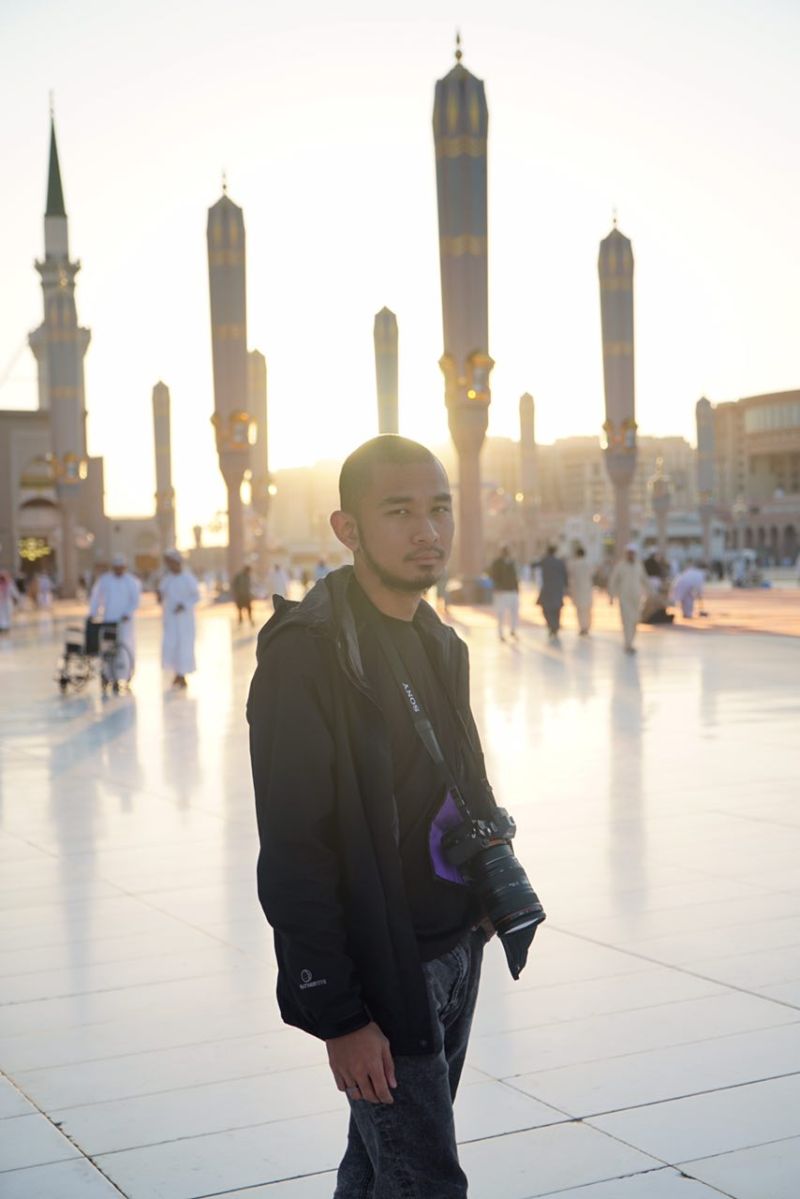KUALA LUMPUR, Sept 1 ― Sickened by the lopsided portrayal of migrant workers in Malaysia, Amir Muhammad decided that it was time people got a closer look at the daily lives of the foreigners helping to build this country by taking on the unwanted jobs.
So for this Hari Raya Haji ― also known as Hari Raya Korban and Aidiladha ― the writer, occasional filmmaker and head of award-winning independent publishing house Buku Fixi produced a short video of an unnamed Bangladeshi migrant worker’s dreams and celebration of the biggest Muslim festival here.
“Every year during Hari Raya Puasa holidays, I would get pissed off by racist segments on the news being horrified about migrant workers ‘flooding’ KL during one of their very few days off.
“So I wanted to do this to counter this sentiment,” said Amir who collaborated with Reservoir Production’s Azizulhakim Salleh for the 3.19-minute video.
A Day Off (Hari Raya Korban 2017)
Uploaded on August 28, the documentary styled video with the above title is a first-person narrative of a Bangladeshi migrant worker who tells how he came to Malaysia in 2013 and pulls a near-daily 15-hour shift nearly at an eatery in Kuala Lumpur.
He explains that his job covers everything from acting as restaurant manager, manning the cash till, preparing the food and drinks to purchasing stock.
“If I’m not working, the restaurant will not open,” he says in colloquial Bahasa Malaysia.
The only days he gets off work are public holidays like on Hari Raya, he says. He likes to go fishing on those rare rest days with friends from his home country or from Indonesia and even local Malays.
The father of two says his dream is to work and save up money over the next three or four years here, pay off his debts, go home to his family and start a small business.
“I had a hard time studying then. I don’t want my children to experience the same. It’s always better when your family is around you. I don’t want to be far from them again. Four years without seeing my wife and children and my mum especially, it’s a pain in the heart.”
At the time of writing, the video had been viewed fewer than 100 times on YouTube though it had 12 likes; on Facebook, it had 491 shares with 21 positive comments.
Behind the scenes
Amir said the main objective for the video is to get viewers to “pause and reflect” on what they see.
“What they want to reflect on, it's up to them. But it's good enough that they are reflecting. So far, I have seen only positive comments (on social media). But it's the nature of online discussion that there would eventually be other types of comments also,” he said in an email interview this week.
Director Azizulhakim shared that the video was shot on location in the Bangladeshi worker’s quarters in Malaysia, adding that most of the furnishing in the house was salvaged and upcycled from trash heaps in Cyberjaya.
He also said found he found his unnamed video “star” through Malaysia-based Bangladeshi worker aid group Migrant88, and promised he would not disclose the worker’s identity or place of work.

“We chose a Bangladeshi worker because their population in Malaysia has been growing steadily. As we are aware, Bangladeshis are everywhere in Malaysia now, in all kinds of field,” said Azizulhakim.
According to the most recent data mined from the Home Ministry’s replies to Parliament last November, there are 1.85 million migrant workers registered with Temporary Employment Passes as at September 2016.
Of that figure, registered Bangladeshis make up 14.3 per cent or 237,991 workers. They are the third-largest migrant worker population after Indonesians and Nepalis at 39.4 per cent (749,266) and 23.6 per cent (411,364) respectively.
Three-dimensional portrayal of migrants
Adrian Pereira of migrant advocacy coalition Right to Redress (R2R) lauded the video production that was a stark contrast to prevailing media portrayals of migrant workers in the country.
“It is a beautiful portrayal of migrant workers’ reality with emphasis on their human needs,” he told Malay Mail Online.
He noted that many Malaysians often treat migrant workers with disdain and some would even attempt to cheat them.
Pereira pointed out that if Malaysia deports roughly 50 per cent of these migrant workers, multiple economic sectors will be at a standstill as the nation is heavily reliant on migrant workers because locals lack interest and/or sufficient training in these semi-skilled work.
“They contribute heavily to our construction, services, SMEs, plantation and manufacturing sector. As our high GDP is surely due to their contributions and suffering, as a nation, we must give them due respect and treat them with dignity,” he said.
His R2R contemporary and peer, Rani Rasiah believed that the government should take a better stance and treat migrant workers with respect.
“A lot of the changes, to treat these people with dignity must come from the highest government levels down to the enforcement officers,” she told Malay Mail Online.
Rani, who is also a Parti Sosialis Malaysia council member, noted that the media frequently used images featuring a standing Deputy Prime Minister and Home Minister Datuk Seri Ahmad Zahid Hamidi speaking down to migrant workers sitting on the bare floor.
“They contribute to our economy and development yet we treat them without human dignity when we should show our appreciation to them,” said Rani.



















